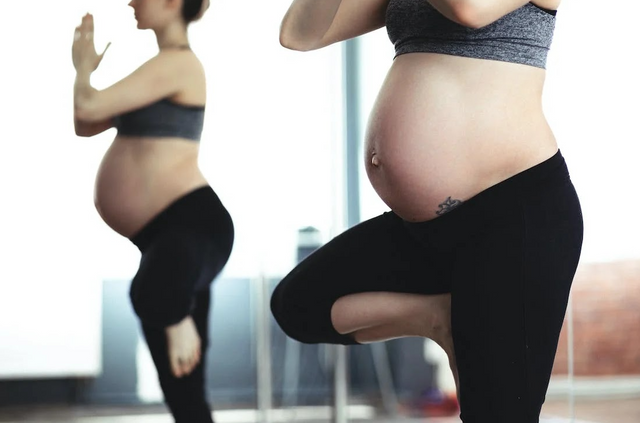
Approximately 20-30% of women suffer from varicose veins during pregnancy. Childbearing is a serious risk factor, since the growing uterus puts pressure on the veins of the small pelvis, worsening blood flow and increasing intravenous pressure. In addition, the occurrence of varicose veins is affected by changes in the hormonal balance that affect the tone of the venous vessels.
Often, the condition of the veins after childbirth noticeably improves, and in some cases, varicose veins disappear completely. In any case, the occurrence of problems of this nature indicates a tendency to illness and the need for regular prevention and proper care.
What Are Varicose Veins?
Varicose veins are irreversible and persistent elongation and dilation of the veins of the lower extremities, accompanied by the formation of seals and thinning of the venous wall due to gross pathology and genetic defects.
The first signs of varicose veins can appear at the age of 25-30. The more time a person spends in one position, especially sitting, the higher the risk of developing it. If one of the parents has varicose veins, then the child increases the chance of acquiring this disease by almost 70%, and if both parents have varicose veins, then the risk increases by almost 80%. If you have a tendency to varicose veins, you may face the need to go through varicose vein treatment at an earlier age.
The onset of the disease is affected not only by heredity, but also by physical inactivity, obesity, chronic constipation, smoking and pregnancy.
The Causes of Varicose Veins
Varicose veins develop for various reasons. The main ones are:
- Obesity and rapid weight gain;
- Genetic predisposition;
- The presence of spider veins and capillary reticulum before pregnancy;
- Pregnancy;
- Sedentary lifestyle;
- Epilation with hot wax;
- Frequent weight lifting;
- Shoes with high heels;
- Long stay in the sun.
Pregnancy, especially its second half, is the main cause for the development of varicose veins in women. This is due to the fact that the blood vessels in the lower body are under serious stress and are forced to work at full capacity for a long time. The growth of the uterus puts tremendous pressure on the veins, preventing the natural circulation of blood in the legs. In addition, during pregnancy, a woman's weight increases by at least 10 kg, which also affects the blood vessels. The additional weight causes the veins in the legs to swell and expand, and in doing so, they stretch in width and length. With a hereditary tendency to disease, it is necessary to take preventive measures.
The Symptoms of Varicose Veins
Varicose veins during pregnancy in the early stages don't bother a woman much. A woman can note a few capillary nets on her legs. In the second half of pregnancy, the symptoms intensify and appear as follows:
- Constant feeling of tiredness when walking;
- Feeling of heaviness in the muscles;
- Periodic cramps of the lower extremities;
- Pain in the legs.
Swelling of the legs in the evening, a feeling of fullness in the calves, a feeling of fatigue and heaviness - all these are symptoms of varicose veins. Often the pain intensifies with a long stay in one position. After a night's sleep, the symptoms of varicose veins decrease or disappear altogether, but by the end of the day they reappear.
Prevention of Varicose Veins in Pregnant Women
Prevention of varicose veins in pregnant women comes down to two main things - reducing the load on the lower limbs and improving blood circulation. It is useful for pregnant women to sit and lie in a more comfortable position. At the same time, it is good to lift your legs on a raised platform to ensure the outflow of lymph and blood from the legs.
You need to constantly perform simple exercises - pull the feet away from you and towards you, bend your knees and make circular movements with them. These movements can be carried out in a lying and sitting position without much effort, although their benefits are invaluable. If you have to stand for a long time, then periodically rise on your toes to feel a slight tension in the calf muscles. The main rule is not to throw one leg over the other, impeding blood circulation..
The second stage of preventive measures during pregnancy is to ensure normal blood circulation in order to minimize the risk of developing blood clots. Blood thinning is achieved not only by medication, but also by the products we eat. In the diet of pregnant women, there should be tomato juice, seafood, lemon, garlic, grapes, cranberries. Spicy, smoked, fatty and canned foods are not recommended, as they contribute to thickening of the blood and cause problems in blood formation.